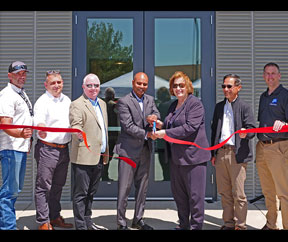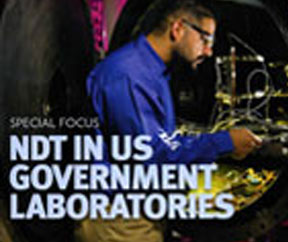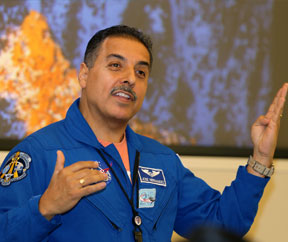Smithsonian highlights LLNL inventions
Multiple innovative LLNL technologies were highlighted at the Smithsonian’s National Museum of American History on Saturday, May 18, as part of Military Invention Day.
 Learn more
Learn more
Reach for the Stars
published by Spotlight Magazine
José M. Hernández, Engineer turned NASA astronaut has formed the Reach for the Stars Foundation to encourage STEM education for all children.
 Learn more
Learn more
Enhancing Aviation Security
published by NCI Staff
Livermore researchers help develop U.S. airport screening standards for explosives and advance methods aimed at identifying new threats.
 Learn more
Learn more
NDT in US Government Laboratories
published by Materials Evaluation
An Overview of Nondestructive Evaluation and Characterization at LLNL...
Get Access (complete article)
 Learn more
Learn more






